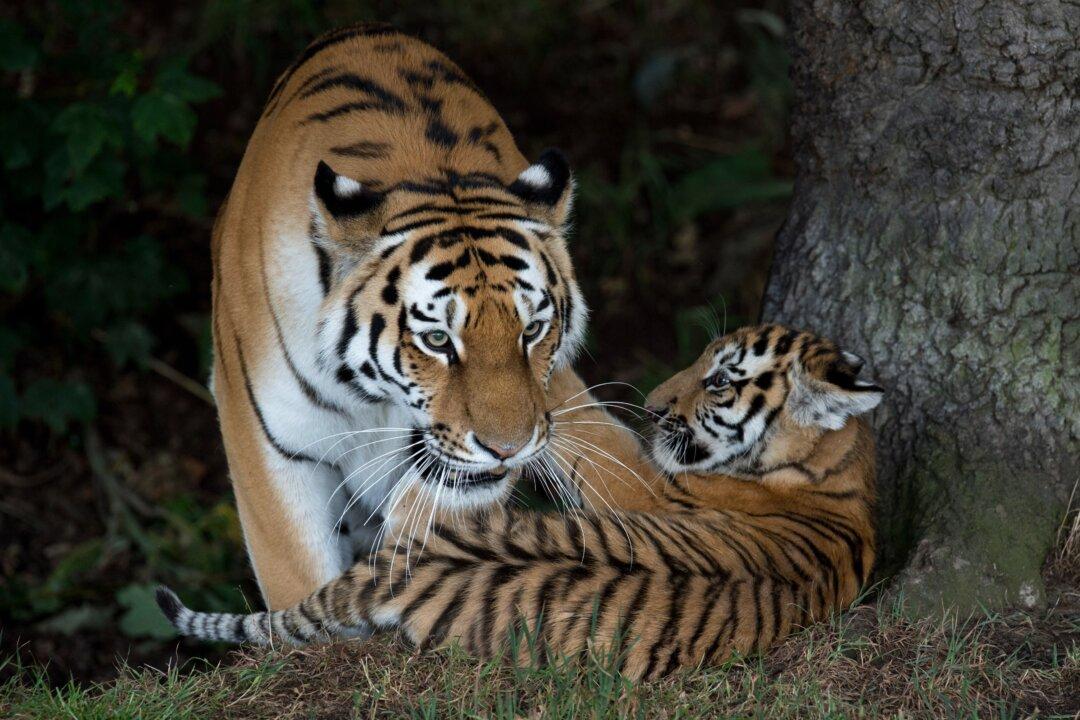Global wild tiger population numbers are increasing for the first time in a century.
According to the World Wildlife Fund (WWF), there are now estimated to be 3,890 wild tigers; this is a 22% increase from 2010’s estimate of 3,200. In the past 100 years, the global tiger population has decreased 97%.
The WWF attributes this increase to tiger population growth in Bhutan, India, Nepal, and Russia.




